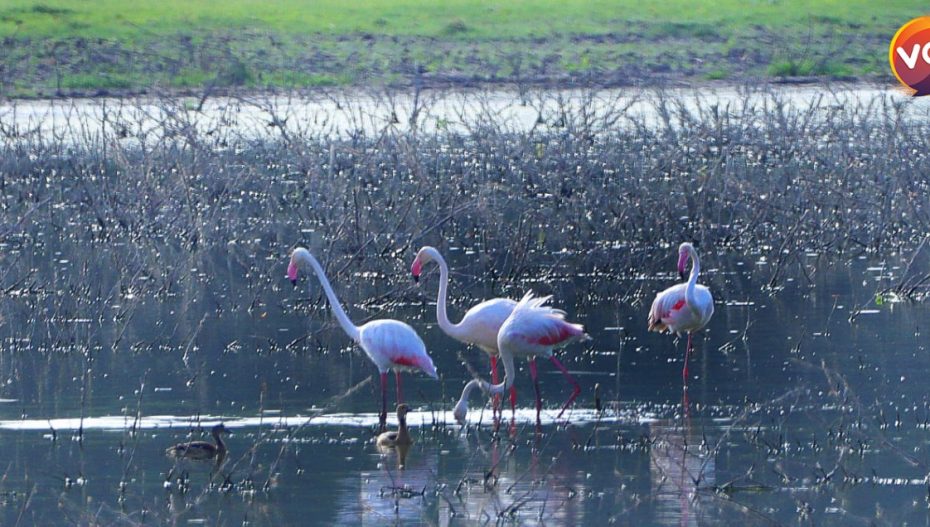It may sound fashionable to celebrate various important days like the World Water Day that came on Tuesday and went by, but the Gujarat Government is all set to construct a sewage treatment plant (STP) to discharge treated domestic waste water into a protected wetland Thol Lake.
Experts call it a disaster and point to the fact that the State Government is almost blind to the unmindful exploitation of groundwater that is forcing such decisions of supplanting treated domestic water for natural water.
The wetland that falls in the Kalol town of Gandhinagar district will get treated waste water into it. Thol Lake is a protected wetland that was recently recognized as a RAMSAR site due to the increasing numbers of migratory and local bird species found here.
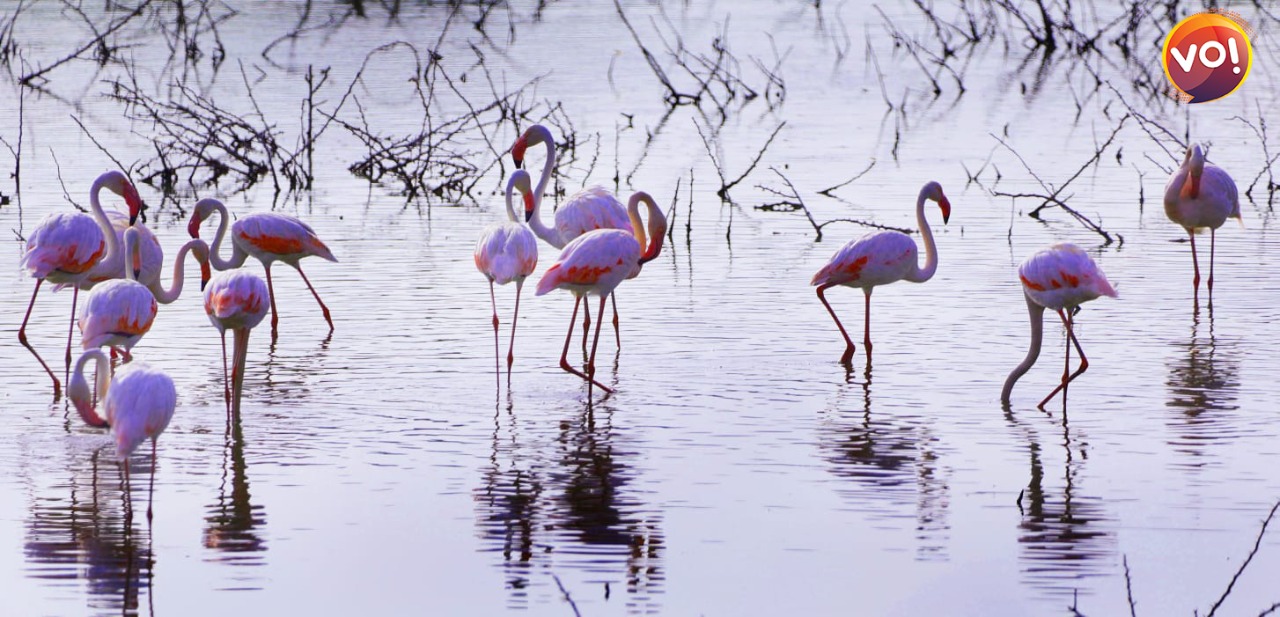
The shallow, freshwater Thol Lake, located 40 km west of Ahmedabad city, is situated on the Central Asian Flyway.
It was in September last year when the State Forest Department approved a proposal to discharge treated sewage water into Thol Lake, just five months after the RAMSAR Convention designated the lake as a Wetland of International Importance in April.
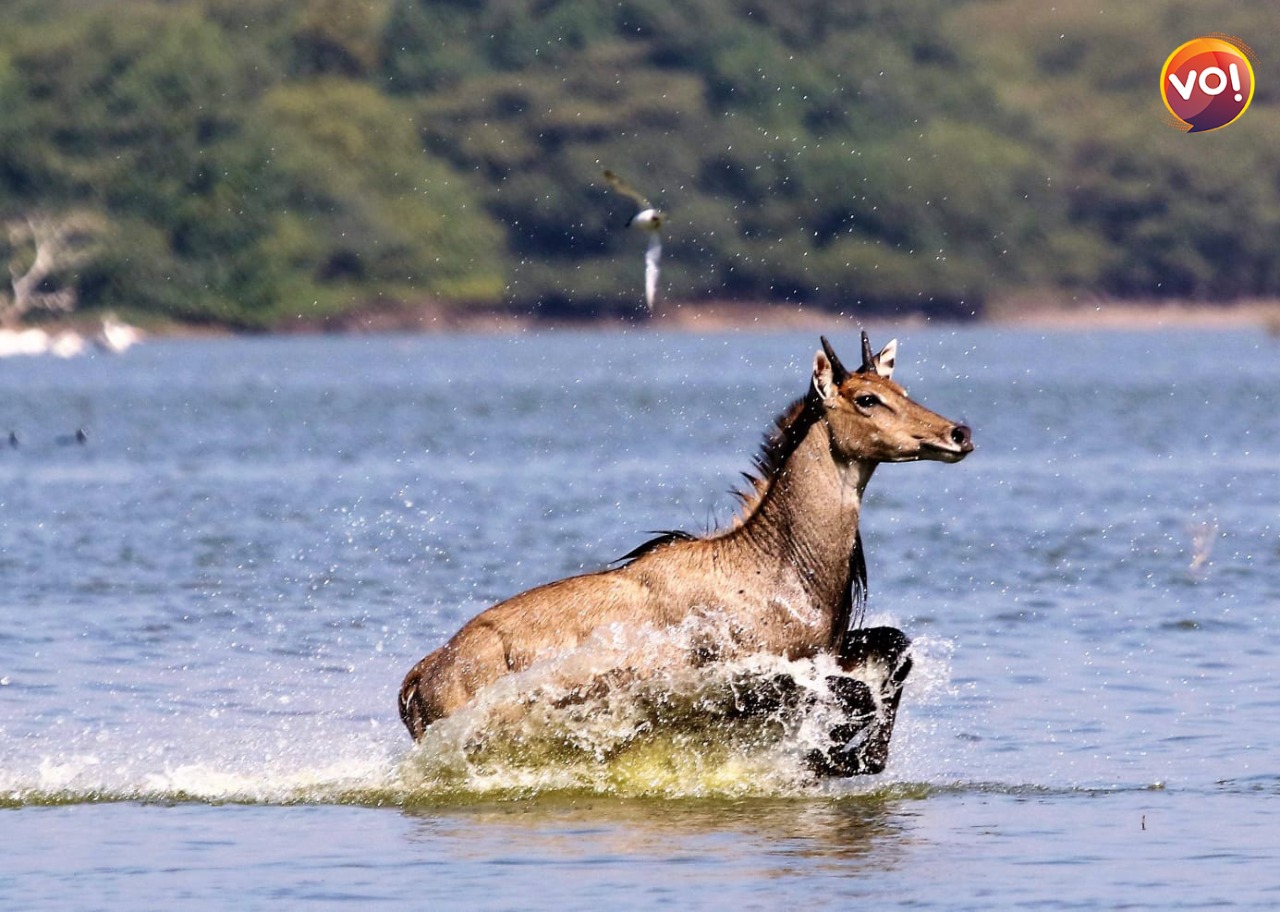
State-owned enterprise, the Gujarat Urban Development Company Limited (GUDC), floated tenders for this STP with a capacity to treat 33.10 million litres per day (MLD). Five firms even submitted tenders this Month and the project is estimated to cost Rs 46.64 crore.
The forest department had approved the project with the condition that waste water discharged from the STP would not disturb birdlife in Thol and that periodic water quality reports would be submitted to the forest department. Experts scoff at this condition, claiming that there could not be alternative to natural resources.
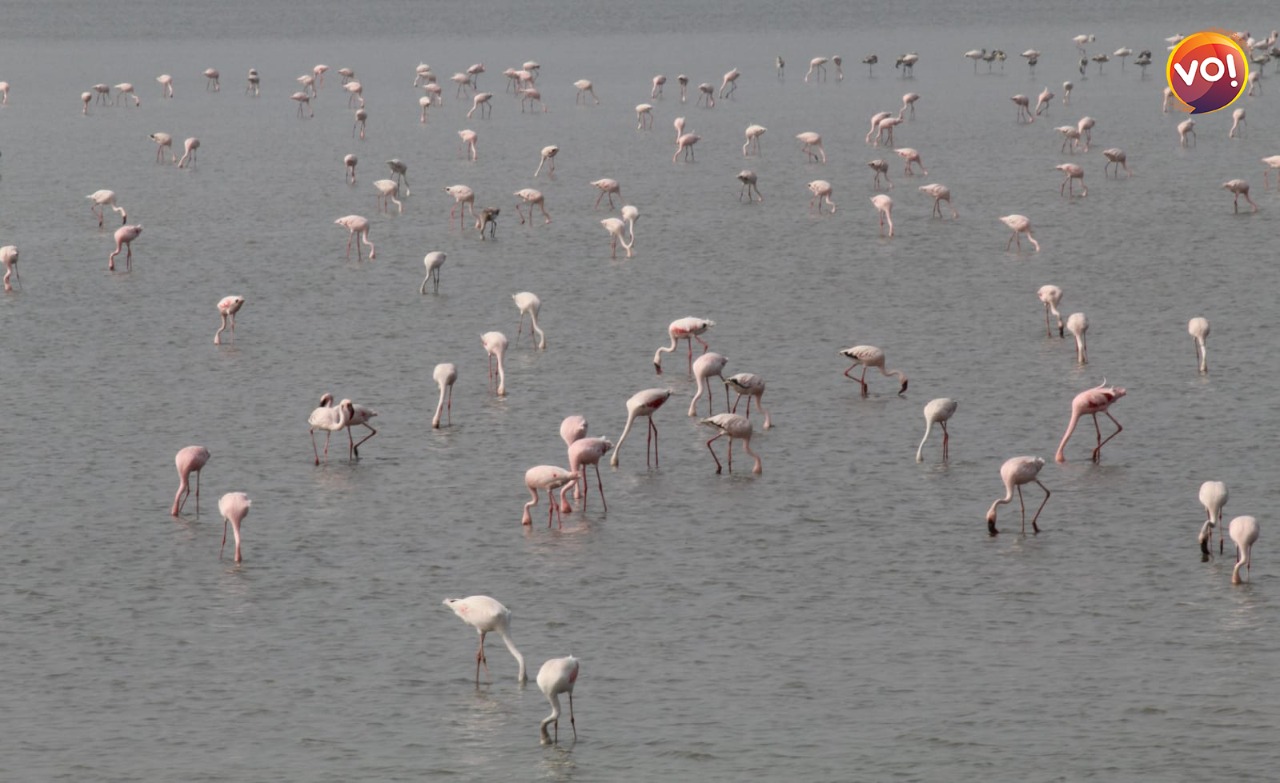
As of now, the proposed STP will treat 15 MLD of wastewater generated by Kalol and around 2 MLD generated by Kalol-Ola-Borisana and Kalol-Saij-Borisana areas of AUDA.
The STP, which is being funded by the Central Government as part of the Atal Mission for Rejuvenation and Urban Transformation (AMRUT), will discharge treated wastewater into the Saij-Hajipur water channel, which runs through Moti Bhoyan and Karoli villages, eventually draining into the Thol lake via the Eastern Drainage.
Speaking to Vibes of India, environmentalist Mansee Bal Bhargava, who is specializing on lakes of Ahmedabad, calls it a bizarre decision. “This is mindless development and greed that is destroying the environment.”
“Discharge of treated sewage water in Thol lake will make things worse as in around 5 years time, rare species of birds who visit Thol bird sanctuary will stop coming as these birds are more sensitive to the environment.”
She said, “Development is happening at a rapid pace in the area with rampant corruption plans getting passed by the big shot builders. This, in a way is destroying the environment. This is no development, it’s a disaster. After this decision of the government comes into effect Thol will become a piece of land in place of a wetland.”
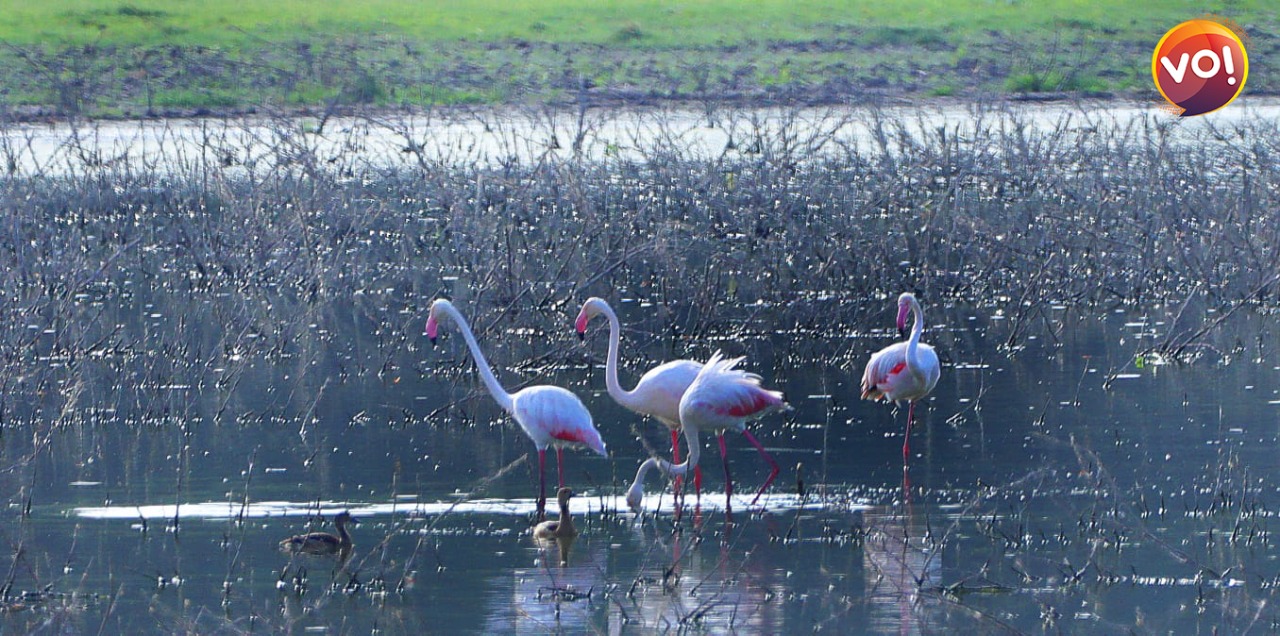
Mansee asserted, “Rare species of birds will find it impossible to survive as the only thing that draws them here is a natural wetland. They are killing it.”
She added that, ”Thol Lake was the largest wetland in Ahmedabad. And by throwing STP in it will do more harm than good. In larger public interest mindless development like this should be stopped.”
Mansee also pointed out the reason that overexploitation of groundwater resources is forcing the municipal authorities to use domestic wastewater for recharging lakes.
She is not wrong. The data of Central Ground Water Board (CGWB) for the states of India tabled in the Lok Sabha in February indicate that the number of monitoring wells with water level below 10 meters (33 feet) increased by 26% in two years from 98 in November 2019 to 124 in November 2021 in Gujarat.
In fact, Gujarat was among the 10 states where the deepest water availability in 2019 was 50.6 meters (166 feet), which increased to 52.3 meters (171 feet) in 2021. Gujarat’s deepest water level was 8th worst out of 32 states and Union Territories – putting it ahead of 24.
Picture Courtesy: Hanif Sindhi
Read Also: Toxic Pollutants Continue To Contaminate Ground Water In Gujarat’s Ankleshwar


